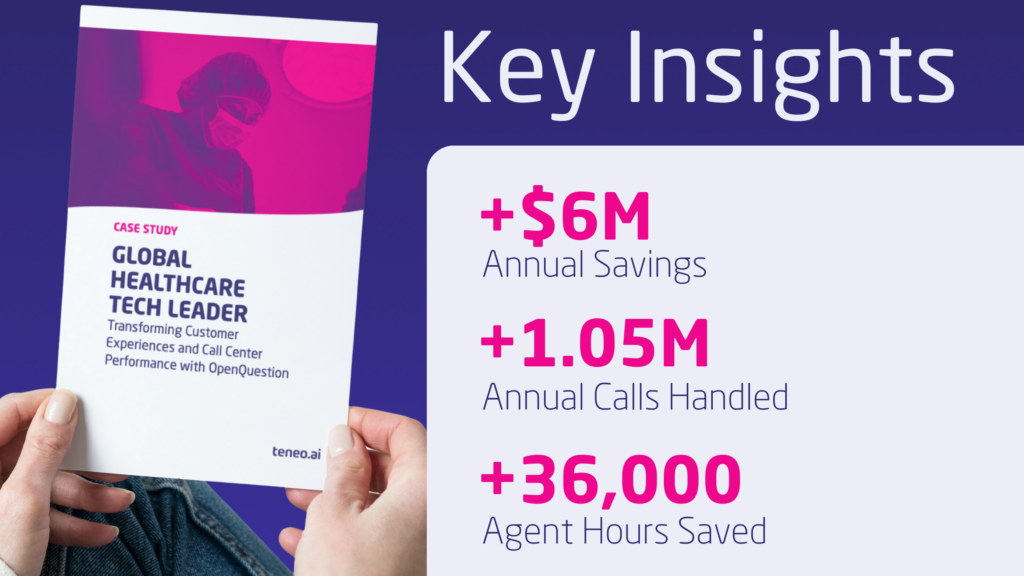Discover the Power of IVR systems in Modern Call Centers. IVR, short for Interactive Voice Response, is a cutting-edge telecommunication technology that revolutionizes customer interactions in call centers.
With an IVR system, customers can seamlessly engage with an organization’s telephone system using their voice or touch-tone keypad. By streamlining call routing, handling high call volumes, and reducing wait times, IVR systems significantly enhance customer satisfaction.
The Mechanics of IVR Systems: Ensuring Effortless Navigation and Personalized Experiences
IVR systems utilize voice prompts. They use pre-recorded messages and intuitive menus to guide callers. These guides are a series of options, custom-made for their needs. Customers can respond with ease. They can press the relevant keys on their phone’s keypad or voice their choices.
The system then takes over. It processes the input, provides the requested information, and transfers the call. The transfer goes to the right department or agent. Alternatively, it presents further options based on the caller’s response. IVR automates the call routing process. This automation reduces wait times and ensures calls are handled by the most skilled personnel. What’s the outcome? A smooth and pleasing customer experience.
The Shortcomings of Traditional IVR Systems
Traditional IVR systems depend on touch-tone (DTMF) inputs. They use basic pre-recorded voice prompts. However, they often don’t deliver the best customer experiences. Their functionality is limited. Their user-friendliness is lacking. As a result, these systems can’t keep up with the changing demands of today’s customers.

The demise of telephony as a customer service channel has been anticipated for years, largely due to the tedious and often exasperating experience of seeking support over the phone.
Despite the technological advancements in other areas, telephony has remained relatively stagnant, leaving consumers no better off today than they were two decades ago when it comes to voice-based customer service. For businesses, the overhead costs associated with traditional telephony are substantial.
The Financial Implications of Call Transfers
One of the significant challenges and cost drivers in telephony-based customer service is the process of transferring calls.
In the UK, 60% of calls, amounting to a staggering 3.2 billion calls annually, utilize IVR for routing. However, 9.0% of these calls, which equates to 288 million calls, need to be transferred to a second agent.
Assuming it takes 30 seconds to transfer a call, and considering the costof transferring a call is 44p, the annual cost of transferring calls amounts to a whopping £126 million.
This financial burden is even more pronounced in larger contact centers. For instance, a 500-seat contact center handling 12.5 million calls annually could be wasting around £500,000 just on transferring calls.
By automating call routing and providing self-service options, IVR systems can significantly reduce the need for call transfers, thereby saving businesses substantial amounts of money.
The leap forward in Interactive Voice Response (IVR) systems offer a solution to the cost of high call transfers.
The Transformation: From Traditional IVR to Conversational IVR
By allowing customers to interact with the system using natural language, instead of keypad navigation, provides a more intuitive and engaging user experience. In the realm of customer service, different technologies offer varying levels of customer satisfaction.
For instance, only 13% of UK contact centers believe that touchtone Interactive Voice Response (IVR) provides a strongly positive experience for customers. This is in stark contrast to web chat and omnichannel solutions, which are perceived positively by 52% and 48% of contact centers, respectively.
Despite this, touchtone IVR remains one of the most prevalent technologies in contact centers. In fact, 60% of UK contact centers use touchtone IVR for routing calls.
This translates to approximately 3.2 billion calls per year in the UK that are initially managed by touchtone IVR for routing purposes. Given this scenario, there’s a significant opportunity to enhance the IVR experience across the industry.
Conversational IVR emerges as the transformative technology that can drive this change, offering a more intuitive and customer-friendly alternative to traditional touchtone systems.
By leveraging the power of Conversational IVR, contact centers can significantly improve customer satisfaction and redefine the customer service landscape.
Some of the benefits with Conversational AI and Conversational IVR are:
Boosted Efficiency
AI-powered conversational IVR systems accurately understand caller intent and route calls to the appropriate agent or self-service option. This reduces call handling time, minimizes the need for transfers, and streamlines the overall process, ultimately improving both efficiency and customer experience.
Decreased Agent Workload
By handling routine inquiries and tasks, conversational IVR systems can free up agents to focus on more complex or high-value interactions.
The Power of GPT in IVR Systems
One of the significant advantages of integrating Large Language Models (LLMs) with Interactive Voice Response (IVR) systems is the potential to employ Generative Pre-training Transformer (GPT) in agent-assist scenarios.
This feature is particularly beneficial for novice agents, equipping them with succinct, summarized responses they might otherwise find challenging to provide. Not only does this enhance agent productivity and decrease the likelihood of escalation, but it also reduces call duration and significantly improves the overall customer experience.
Moreover, LLMs are utilized to broaden coverage and enhance precision in intent recognition within IVR systems.
Platforms like Teneo Conversational IVR collaborate with LLMs, incorporating intent and entity recognition, sentiment analysis, and more, to further refine the understanding of customers’ needs and ensure accurate routing to the appropriate agent.
This reduces the time required to deploy new functionalities, update existing ones, and respond to new scenarios, enabling organizations to swiftly adapt to evolving customer needs.
The incorporation of LLMs in IVR systems is not merely about operational efficiency; it’s also about significantly enhancing the customer experience. LLMs can generate dynamic responses, making interactions more engaging and personalized.
They can also incorporate company-specific information into generated answers, adding a unique brand touch to customer interactions. Platforms like Teneo can combine LLM analysis with its own internal mechanisms, capturing subtle conversational nuances and allowing the IVR system to adapt and clarify when necessary.
This ensures accurate transcription and minimizes misunderstandings.
One of the exciting features of LLMs is integrated machine translation. With their advanced language understanding capabilities, LLMs can provide real-time translations, facilitating seamless communication between customers, automated solutions like Teneo Conversational IVR, and agents who speak different languages.
Overcoming the Challenges of Implementing LLMs in Contact Centers and IVRs
Despite the numerous benefits of LLMs, such as improved customer experience, operational efficiency, dynamic responses, and language translation, they also present certain challenges.
One significant challenge lies in managing the subtleties and nuances of language, including handling ambiguous or unclear user queries. LLMs may struggle to accurately interpret short phrases and keywords or differentiate between similar intents with subtle differences in wording.
This can lead to misunderstandings or inaccuracies in the responses of the system’s virtual assistant or chatbot, ultimately causing dissatisfaction or frustration for the customer.
The Teneo Linguistic Modeling Language (TLML) is designed to address some of these challenges. It operates as a deterministic language understanding system that identifies and interprets word patterns in a caller’s speech.
TLML works by providing an additional layer on top of traditional machine-learned models and LLMs, facilitating precise identification of user intents where machine learning alone might have difficulties. It can differentiate between similar intents with minor differences in wording and effectively interpret short phrases or keywords.
Moreover, TLML enables information extraction directly from a user’s response. This capability helps in better understanding the user’s needs, personalizing responses, and improving the accuracy and overall efficacy of the system.
With TLML, you can harness the flexibility and power provided by large language models, saving time in building and maintaining content. The future of customer service is here, and it’s powered by LLMs and TLML.


